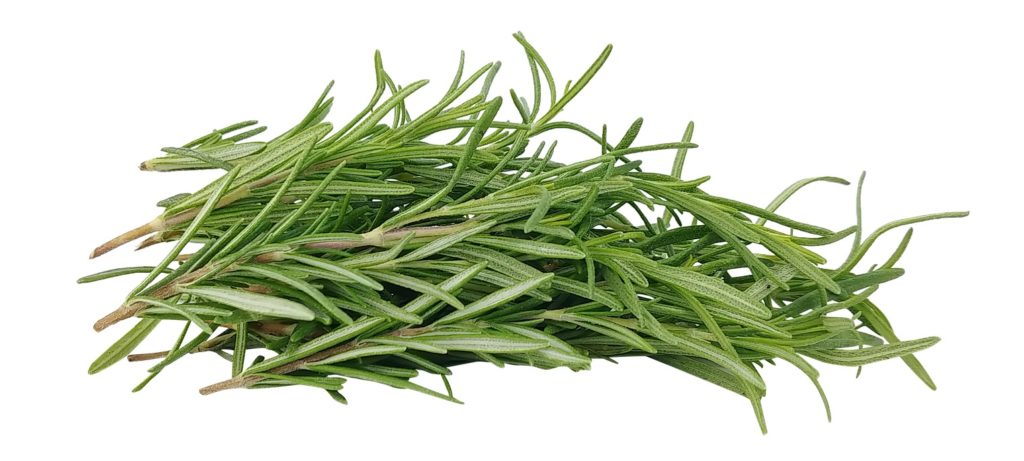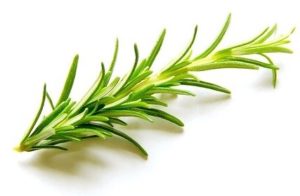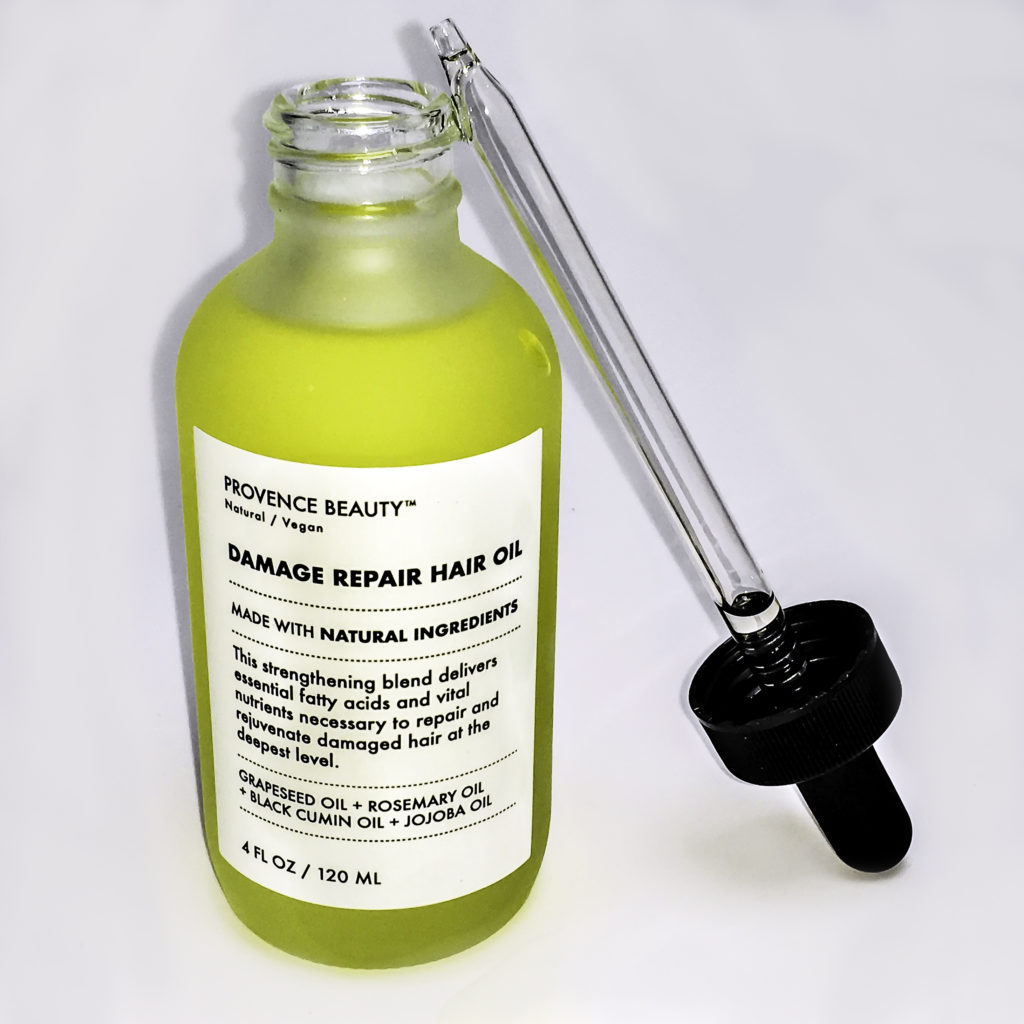There are many hair growth remedies that are applied to the scalp. Most provide nutrients to the follicle, promote circulation or clear dry flakes. Few address hair fall due to androgenetic alopecia. Androgenetic alopecia is quite common. A clinical study shows Rosemary Oil helps this specific type of hair loss.
The internet is full of antidotical evidence of various oils that grow hair. Some swear by Black Cumin, Castor, Coconut, and Amla oils. And if it works, we say more power to you. But not all hair growth needs are equal. What works for your bestie may not address your hair growth needs.
WHY YOUR HAIR ISN’T GROWING
Some of us can’t seem to grow longer hair because it is breaking faster than its’ growing. Brittle hair responds well to moisturizing oils such as Coconut, Sunflower, Amla, Avocado and Grapeseed Oils. These moisturizing oils make hair more elastic and resilient to reduce breakage. Less breakage retains existing length.
Others of us can’t grow fuller, longer hair due to scalp or follicle health. In these cases, hair fall is preventing hair growth.
Rosemary Extract stimulates and promotes better blood circulation to deliver the nutrients necessary to build hair. It also has natural antiseptic properties and is a gentle exfoliant for dead skin flakes.
But that isn’t all. An exciting study demonstrated Rosemary Oil is as effective as Minoxidil for hair growth stimulation without the chemical side effects.
SCIENCE TO THE RESCUE
Research proves Rosemary Oil is as effective as Minoxidil for hair growth stimulation without all the chemical side effects. Rosemary oil applied to the scalp combats a specific type of hair loss (androgenetic alopecia).
The study ran for six months. Some used Rosemary Oil, others Minoxidil.
At the three month mark, no changes were detected in either group. But at the six month mark, there was less itching in the Rosemary group than the Minoxidil group. Itchiness is a known Minoxidil side effect. The study showed massaging the scalp for six months with Rosemary oil and carrier oil is as effective as 2% Minoxidil at regrowing hair. [1]
Another study found the 12-methoxycarnosic acid in Rosemary promising for treating male pattern baldness caused by the testosterone conversion to DHT on the scalp. DHT is a hormone that accumulates on the scalp. If not removed, it smothers hair follicles until they can no longer grow hair. Rosemary can help.
The study concluded “These results suggest that they inhibit the binding of dihydrotestosterone to androgen receptors”. [2]
Hair Products containing Rosemary
Some hair growth products with rosemary extract in their formulations that we especially like:
Provence Beauty Damage Repair Hair Treatment Oil contains Rosemary and Jojoba plus Grapeseed Oil, Black Cumin Oil and Sunflower Seed Oil. It is a very versatile oil, good for a daily scalp massage, leave-in conditioner, hair treatment oil, or a few drops applied as a finishing hair smoother. I like to add this oil to a basic conditioner to make my own hair masque. Massage it onto the scalp 30 minutes before washing for a nourishing scalp treat.
Read more details here:
Hair Oiling: Provence Beauty Damage Repair Hair Treatment Oil
Hairmetto Saw Palmetto Oil for Hair Growth is a scalp treatment that contains researched-backed natural ingredients help to hair growth including Rosemary, Saw Palmetto, Lavender, Castor, and Pumpkin Seed Oils.
Read more details here:
Scientifically Sound Natural Alternative for Hair Loss: Hairmetto Saw Palmetto Oil For Hair Growth
REFERENCES
- Skinmed. 2015 Jan-Feb;13(1):15-21. Rosemary oil vs minoxidil 2% for the treatment of androgenetic alopecia: a randomized comparative trial. https://www.ncbi.nlm.nih.gov/pubmed/25842469
- Murata K, Noguchi K, Kondo M, et al. Promotion of hair growth by Rosmarinus officinalis leaf extract. Phytother Res. 2013;27(2):212-217. doi:10.1002/ptr.4712
About this Post
Style Chicks independently researches active ingredients to understand how they work and if they are effective. We cite only reputable, peer-reviewed journals and show our research in the References section of each article.


